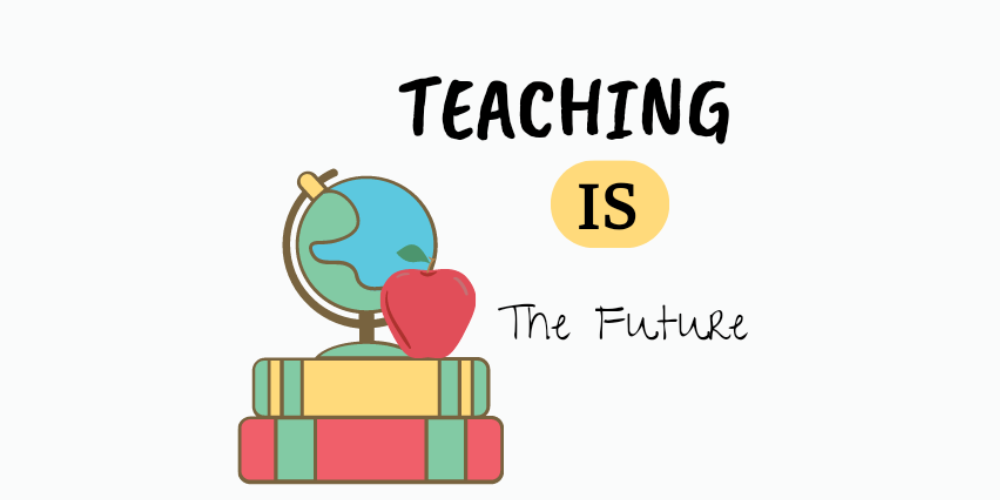basic addition for kindergarten
Building a Strong Foundation: Teaching Basic Addition to Kindergarten Kids
Introduction:
In the early stages of education, laying a solid foundation in mathematics is crucial. Basic addition is one of the first math concepts that kindergarten kids encounter, and it sets the stage for their future mathematical journey. In this article, we'll explore the importance of teaching basic addition to kindergarten children, along with creative and effective methods to make learning enjoyable and successful.
The Significance of Basic Addition in Kindergarten: Basic addition might seem simple, but its role in a child's development is profound. It introduces them to the world of numbers, helps develop critical thinking skills, and enhances their problem-solving abilities. Moreover, mastering addition at this stage prepares children for more complex math concepts in later years.
Creative and Effective Methods for Teaching Basic Addition:
Hands-on Activities: Incorporate hands-on activities using everyday objects like toys, buttons, or fruits. Counting and physically adding these items can make the concept more tangible and engaging.
Number Line Adventures: Introduce a number line with visuals such as cute animals or colorful characters. Kids can hop along the number line to add numbers, making the process interactive and fun.
Storytelling Math: Create simple stories where characters gather objects or friends, and kids can count and add them together. This narrative approach makes addition relatable and enjoyable.
Visual Aids: Employ visuals like drawings, pictures, or flashcards to represent numbers. Associating quantities with images helps kids understand the concept visually.
Group Activities: Arrange group activities that involve sharing and combining objects. These collaborative exercises teach teamwork while reinforcing addition skills.
Digital Learning Tools: Utilize educational apps and online games designed for kindergarten math. Interactive platforms can make learning feel like playtime.
Everyday Applications: Show how addition is used in real life. For instance, involve kids in counting items at the grocery store or adding ingredients while cooking.
Fostering a Love for Math Through Basic Addition:
Positive Reinforcement: Celebrate small victories. Applaud correct answers and provide encouragement, building kids' confidence in their math abilities.
Patience and Repetition: Kindergarten kids learn at their own pace. Be patient and offer ample opportunities for repetition to reinforce the concept.
Incorporate Play: Turn addition into a game. Use dice or cards with numbers and encourage kids to add them up while having fun.
Variety in Learning: Mix up learning methods to prevent monotony. Switch between physical activities, visual aids, and interactive technology.
Real-world Connection: Highlight how addition applies to their daily lives. Discuss sharing toys, distributing snacks, or counting family members.
Conclusion:
Teaching basic addition to kindergarten children is a crucial step in building their mathematical foundation. By employing creative and interactive teaching methods, we can make learning enjoyable and effective. As educators and parents, our role is to nurture their curiosity, celebrate their progress, and lay the groundwork for a lifelong love of math. With a solid grasp of basic addition, these young learners are well on their way to confidently embracing more complex mathematical concepts in the future.







